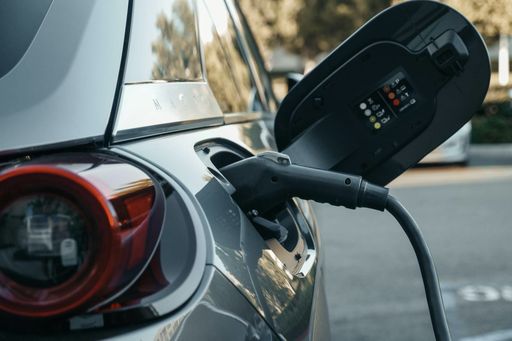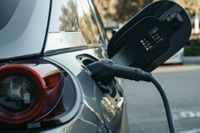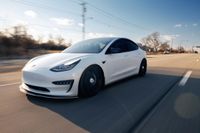The Roadblocks in America's Electric Vehicle Transition
The transition to an all-EV future has hit roadblocks in the US, with slower adoption rates and challenges in meeting sales targets. This article examines the flaws in America's EV plan and explores the need for a broader approach to sustainable transportation.

The EV Myth
The focus on using EVs as a direct replacement for gas cars has led to several miscalculations, starting with the size of the new electric vehicles.
American automakers have been catering to the demand for bigger vehicles over the years, resulting in a preference for large electrified SUVs and trucks.
However, larger EVs require bigger batteries, more raw materials, and have negative implications for the environment, safety, and affordability.
The Norway Model
Norway's success in EV adoption highlights the limitations of the current approach. While EV sales have surged, the overall share of EVs on Norwegian roads is still only about 20%.
The country is struggling to meet its emissions-reduction targets, and EV incentives have led to unintended consequences such as increased road tolls and environmental challenges.
The Norwegian approach serves as a cautionary tale for the US, emphasizing the slow pace of transition and the need for a more comprehensive strategy.
Time for a Rethink
The shift to electric vehicles presents an opportunity to rethink transportation in America. Instead of solely focusing on EVs, there should be a broader emphasis on smaller vehicles, hybrid cars, and improved public transportation.
Encouraging short daily trips in small, affordable EVs and providing hybrid options for longer journeys can be part of a more sustainable approach.
Additionally, investing in public transit and intercity trains can significantly reduce emissions and improve transportation for people and the planet.


